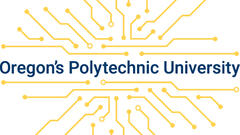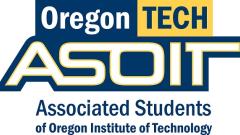Program Accreditation
Oregon Institute of Technology is accredited by the Northwest Commission on Colleges and Universities, 8060 165th Ave. NE, Suite 100, Redmond, WA 98052-3981, an institutional accrediting body recognized by the Council for Higher Education Accreditation and/or the Secretary of the U.S. Department of Education.
The Diagnostic Medical Sonography, Echocardiography, and Vascular Technology programs are programmatically accredited through the Commission on Accreditation of Allied Health Education Programs (CAAHEP), upon review by the Joint Review Committee on Education in Diagnostic Medical Sonography (JRC-DMS)
Program Mission
To prepare competent entry-level sonographers in the cognitive (knowledge), psychomotor (skills), and affective (behavior) learning domains for the Vascular sonography concentration. The Bachelor of Science program in Vascular Technology provides students with a broad knowledge base, hands-on clinical skills, and professional behaviors to become competent lifelong Learners as Registered Vascular Technologists in the State of Oregon and in hospitals and vascular labs nationwide.
Program Educational Objectives
- The program prepares students to utilize diagnostic techniques, sound judgment and good decision making to provide patient services.
- The program communicates the importance of becoming credentialed in the profession of vascular technology.
- The program prepares students who think critically, communicate effectively and exemplify professional ethics.
- The program conveys the importance of becoming lifelong learners and responsible citizens.
Program Student Learning Outcomes
- The ability to communicate effectively in oral, written and visual forms.
- The ability to work effectively in teams.
- An ability to provide basic patient care and comfort.
- Professional judgment and discretion, including ethics.
- Knowledge and understanding of human gross anatomy, sectional anatomy, and normal and abnormal vascular anatomy.
- Knowledge and understanding of vascular physiology, pathology, and pathophysiology.
- Knowledge and understanding of vascular physical principles and instrumentation.
- Knowledge and understanding of clinical vascular diagnostic procedures and testing.
- An understanding of diverse cultural and humanistic traditions in the global society.
Summary of Program Student Learning Outcomes
The Vascular Technology faculty formally assess the student learning outcomes summarized in the annual program report. Additional details can be found in department assessment records.
Program Curriculum Map
The curriculum map for the Vascular Technology program can be found on the catalog web page on the Oregon Tech website, www.oit.edu/catalog.






